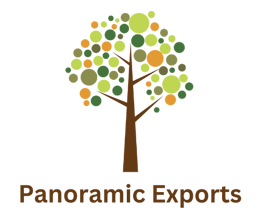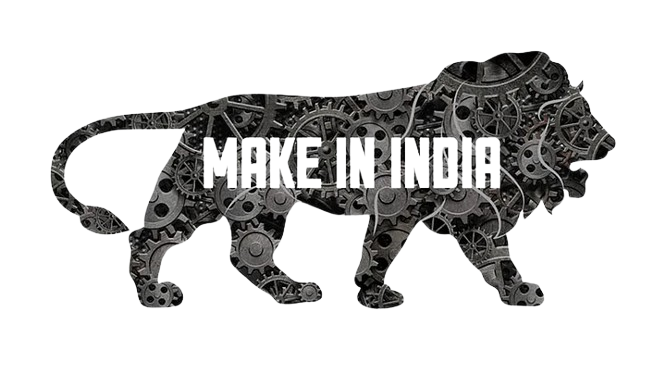In the ever-evolving landscape of global fashion brand, there’s a clear shift toward authentic craftsmanship, ethical sourcing, and sustainability. As brands compete to meet consumer demand for quality and conscience, one trend stands out: global fashion brands are increasingly partnering with Indian export hubs.
From luxury labels in Paris to fast fashion giants in New York, everyone is looking toward India — not just for cost-effective manufacturing, but for heritage, diversity, and skilled artisanship that no machine can replicate.
In this blog, we’ll explore the reasons why Indian export hubs have become the go-to destination for global fashion brands and how this trend is reshaping the future of the fashion industry.
- Rich Craftsmanship and Heritage
India is home to thousands of years of textile and craft traditions — from intricate hand embroidery and block printing to weaving techniques like ikat, chanderi, and khadi. Many of these crafts are region-specific and practiced by skilled artisans who have inherited the art through generations.
What Global Brands Love:
- Unique, authentic textures and designs
- Techniques that can’t be mass-produced
- Stories that add emotional value to fashion collections
Examples:
Brands like Hermès, Christian Dior, and Stella McCartney have incorporated Indian techniques like hand weaving and embroidery into their collections to add a unique touch that appeals to modern luxury consumers.
- Cost-Effective Yet High-Quality Production
While India is known for affordable labor, that’s no longer the only reason fashion brands come here. Export hubs in India, such as Tiruppur (knitwear), Jaipur (handicrafts), Noida (garments), and Kanpur (leather goods) offer world-class infrastructure, quality control, and scalable manufacturing that meets international standards.
Benefits for Global Brands:
- Competitive pricing without compromising on quality
- Access to both handmade and machine-made goods
- Flexibility for small-batch or bulk production
- Sustainable and Ethical Fashion Movement
With increasing scrutiny on supply chains and working conditions, many fashion brands are shifting toward ethical sourcing and fair-trade practices. India has responded with certified export hubs that support artisans, follow sustainable production, and avoid exploitative labor.
What’s Changing:
- Use of organic cotton, natural dyes, and recycled fabrics
- Support for women-led cooperatives and tribal clusters
- Certifications like GOTS (Global Organic Textile Standard) and Fair Trade
Indian suppliers who meet these standards become attractive long-term partners for brands looking to boost their ESG (Environmental, Social, and Governance) score.
- Government Support and Export Incentives
The Indian government has launched several initiatives to promote export and manufacturing excellence in fashion and textiles. Programs like:
- Make in India
- One District One Product (ODOP)
- Production Linked Incentive (PLI) Scheme
…have helped exporters modernize infrastructure, adopt technology, and connect with global buyers. These efforts are helping small artisans and medium-scale businesses expand to global markets.
- Customization and Design Collaboration
Unlike factory-led mass production in some other countries, Indian export hubs allow flexibility in customization and collaboration. Brands can co-create designs, choose sustainable materials, or adapt traditional techniques into contemporary styles.
Collaboration Examples:
- Anthropologie and FabIndia for handcrafted home décor
- H&M Conscious Collection using Indian organic cotton
- Zara and Mango sourcing embroidered fabrics from Jaipur and Lucknow
These collaborations don’t just meet demand — they create differentiated, story-driven fashion collections that attract value-conscious consumers.
- Fast Turnaround and Scalable Output
Indian hubs have adapted quickly to modern supply chain needs. With the rise of digital design tools, real-time tracking, and export digitization, many Indian manufacturers can now offer:
- Fast design sampling
- Scalable output from 100 pieces to 100,000
- Timely delivery for seasonal or fast fashion cycles
This agility is particularly beneficial for e-commerce brands and direct-to-consumer (D2C) labels in the US, UK, Europe, and Australia.
- Diverse Product Categories
India isn’t limited to just garments. Global brands partner with India for:
- Handbags & Leather goods (Kanpur, Chennai)
- Scarves, Stoles & Shawls (Amritsar, Varanasi)
- Home décor items (Rajasthan, Uttar Pradesh)
- Footwear & Accessories (Agra, Kolkata)
This diversity makes India a one-stop destination for multiple product verticals — all under one export strategy.
Conclusion
As global fashion becomes more rooted in transparency, sustainability, and storytelling, Indian export hubs offer the perfect blend of craft, scale, and conscience. From fast fashion brands to heritage luxury houses, partnering with India is no longer just a choice of cost — it’s a strategic decision rooted in value.
If you’re a fashion brand looking to future-proof your supply chain and tap into a world of artisanal brilliance, it might be time to explore India’s thriving export ecosystem.





